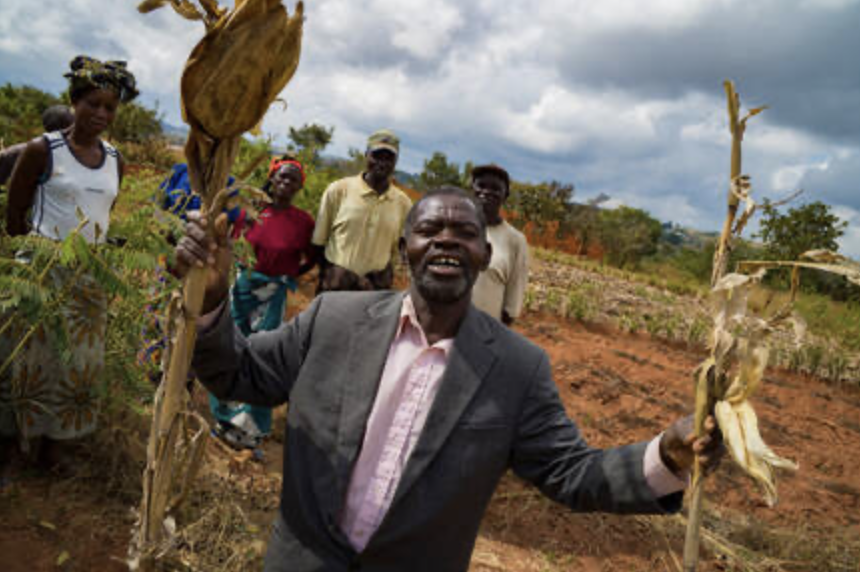Collaborating for Sustainable Impact in Freshwater Aquaculture: State-Level Multi-Stakeholder Platforms
To strengthen the enabling environment for sustainable freshwater aquaculture, state-level Multi-Stakeholder Platform (MSP) were initiated in the states of Assam and Odisha. The platforms were designed to bring together actors from government, the private sector, cooperatives, academia, and civil society to collectively address sector-specific challenges and align efforts across policies and programs.
The MSP development process in Assam and Odisha was carried out over a period of approximately 18 months. It began with a strategic planning workshop involving the Department of Fisheries, where the concept, purpose, and governance structure of the MSP were introduced. Feedback was collected to refine the structure, clarify roles, and ensure alignment with state priorities.
Subsequent workshops facilitated dialogue among key stakeholders, leading to the identification of priority challenges and opportunities in the freshwater aquaculture sector. As a result, in both states thematic working groups were established on e.g., One Health, Feed and Seed, Capacity Building, Finance and Insurance, and Decentralized Renewable Energy. These groups developed draft proposals for scoping studies and potential action plans to address key issues within their thematic areas.
